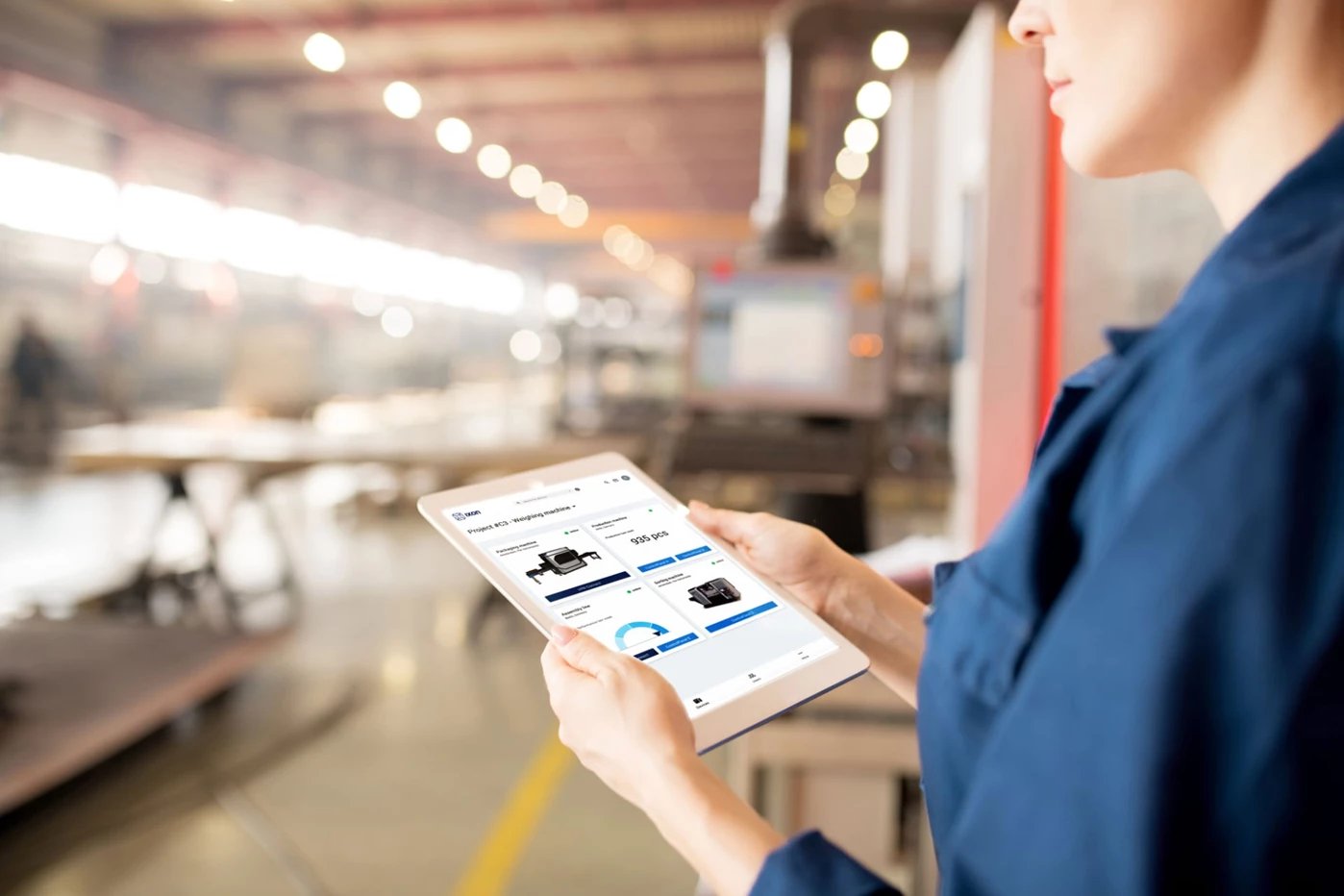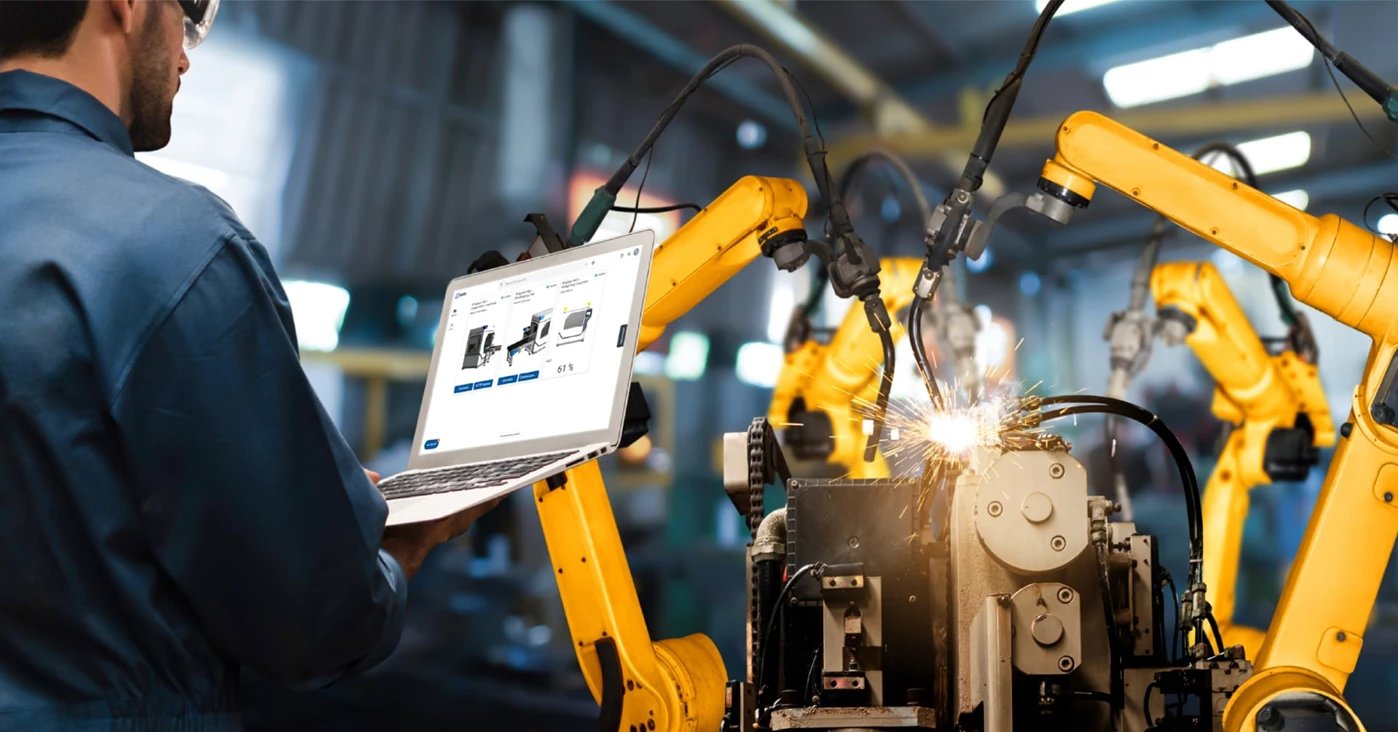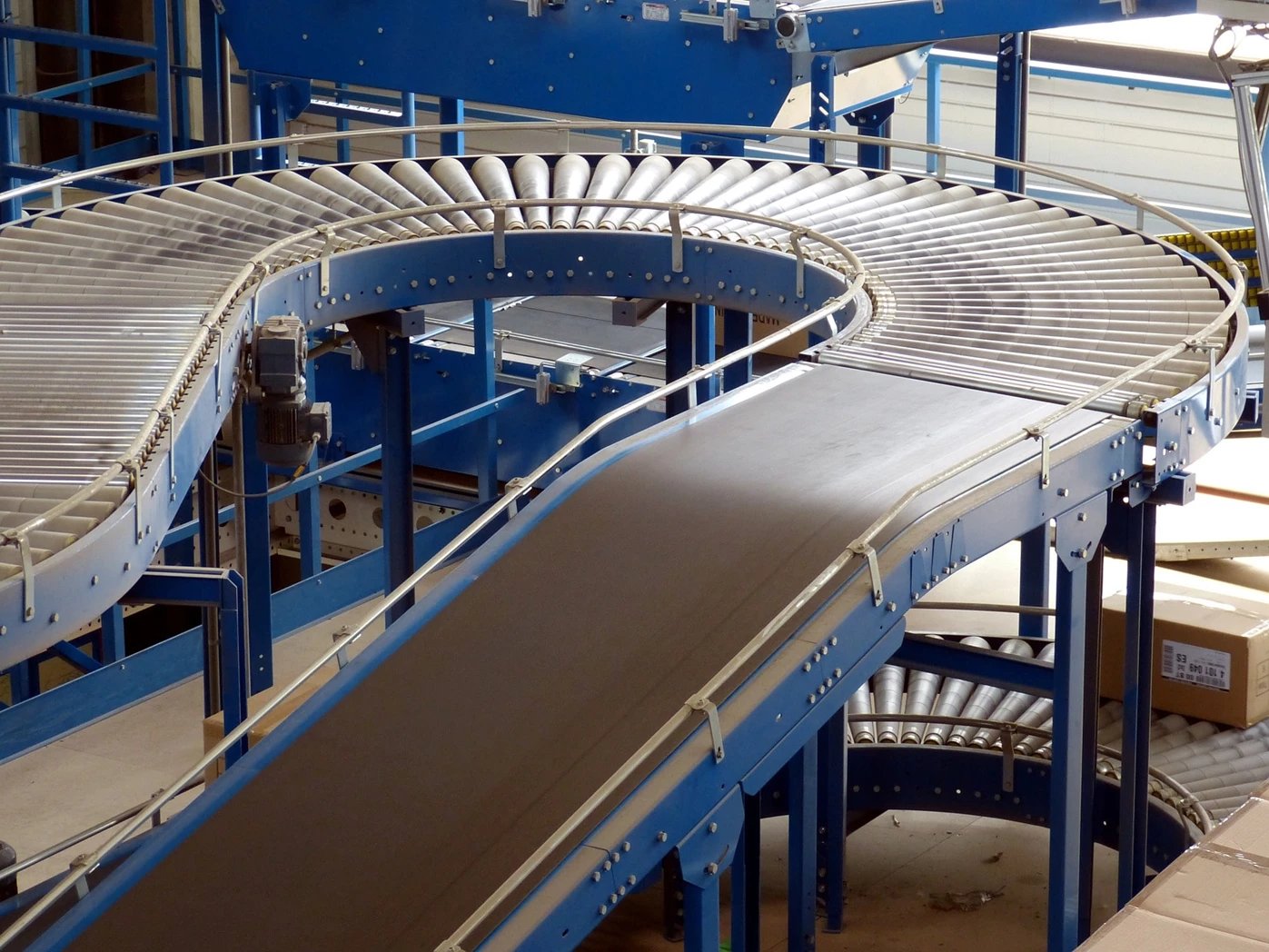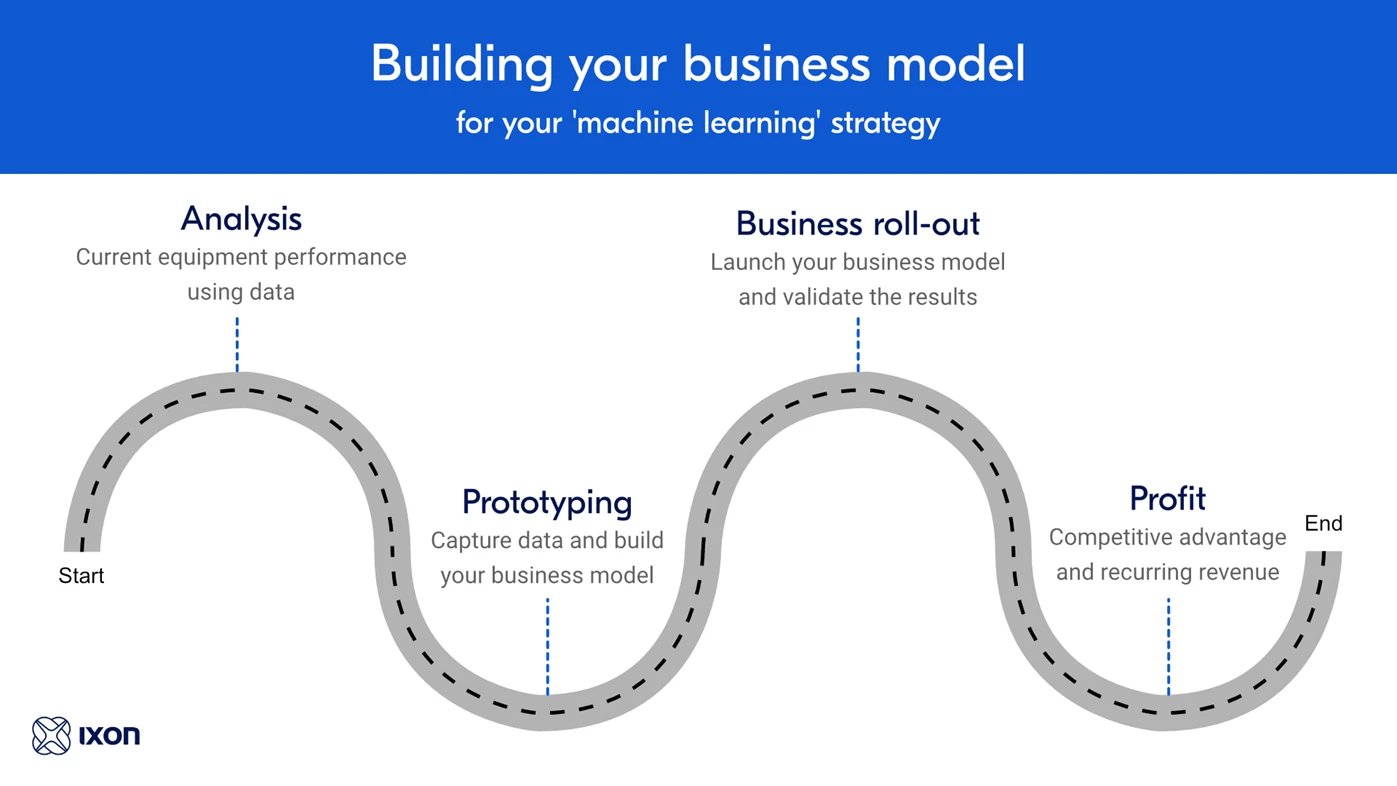- Home
- Knowledge hub
Learning from your machines: what if some machine parts never fail?
3 min. read
Shelly Boom
Have you ever thought of your machine parts being too good? There’s a good chance that this is the case. Tap into this new business model and learn from your machines in the field to make major savings.
You have probably heard that data-driven decision making, such as machine learning based on AI, neural networks and self learning machines, is inevitable for companies that want to keep up with the competition. But, we hear you thinking: machine learning is tricky and not supported by my automation platform without significant investments. Besides that, some machines and equipment are not really able to take advantage of such approaches anyway.
What about learning from your machines to create new revenue streams?
 Collect and analyse machine data to learn from your machines.
Collect and analyse machine data to learn from your machines.
As mentioned, self optimising algorithms based on AI and neural networks are simply not yet suitable for every machine builder. It’s not the reality for smaller machine builders and for many it’s a future plan, at best. For most machine builders (and customers) the focus is on creating a smooth and fast running machine with a high OEE. In addition, touching the PLC software on optimised equipment and machines is considered a no-go for most, as their motto probably is: ‘never touch a running system’.
However, a realistic step for every machine builder is to learn from your machines. New machines are like a new car, they have failures in the beginning and need to be optimised. By learning from your machines in the field you can eventually prevent parts from breaking down or discover other interesting insights. Most machine builders have very effective quality assurance systems and based on root cause analysis the failures and weak points on the equipment are found and corrected. Save on machine part by learning from your machines in the field.
Save on machine part by learning from your machines in the field.
Machine builders have systems in place to improve the quality of their machines through their lifetime based on failures and corrective measures. These are also passed on to their R&D department, so similar faults on future equipment can be avoided. But, what if you collect and analyse your machine’s data, benchmark between multiple machines and discover that some parts never fail or are running well below expected design criterias?
It’s often the case that your design criteria and safety margins are too high, as you try to avoid failures in the field. However, you will never receive this feedback without looking into your machine data, true to the motto: ‘If it works well, don’t fix it.’
With this insight you can downgrade the machine parts that are ‘too’ good and lower design criterias or safety margins in your redesign. This can lead to major savings without running any risk of quality loss. What would happen if you don’t adapt and your competitor does? Definitely a business model that’s worth considering for every machine builder.
 Discover if you can lower your design criteria or safety margins in new designs.
Discover if you can lower your design criteria or safety margins in new designs.
When designing a conveyor belt, you made calculations that said you need a drive package capable of delivering 4 Nm @ 200 RPM for correct operation based on load, friction etc. You set your safety margins to 20% and design components for sizing it to 4.8 Nm @ 200 RPM. Now they are running, you can start collecting data from specific components and processes over a longer period of time.
Take a look at all your machines over the world, monitor the PLC’s and make advanced analysis with the collected data in the cloud. Imagine it turns out the load is actually 3.8 Nm RMS for all machines and never above 4 Nm. Then you can lower your requirements to the drive package accordingly, save costs and use the gained knowledge to reconsider your safety margins for your conveyor design.
Are you ready to discover if you can save on certain parts?
 Redesign your conveyor belt by lowering requirements and save costs.
Redesign your conveyor belt by lowering requirements and save costs.
Learn from historical data from machines in the field in a practical and effective way with very limited investment and fast ROI and build your own strategy on this new business opportunity. The following list could give you some inspiration:
1) Starting point - current equipment performance - needed data
The first phase is to analyse the current part practices from your machine park. Determine which parts are replaced regularly and which aren’t. Establish if any data, with a clear statistical relation between the given value and the condition of the part in question, is being captured.
Some data will have a clear correlation between standard PLC variables and parts, others might need additional variables being defined and collected, or even additional sensors being used. Via an edge gateway the PLC data can be transmitted in bulk from machines in the field to the cloud.
2) Prototyping - testing
Next step is to find out what the minimum and maximum values are for your safety margins. Analyse the performance of your machine parts and determine which parts need improvement and which parts can be downgraded.
Carry out in-house tests on the parts in question to strengthen or refute the hypothesis. Use these insights in the design of your next machine.
3) Business model roll-out
Define how to lower your safety margins and implement this in your next redesign to make major savings.
 Build your own business model on machine learning strategy.
Build your own business model on machine learning strategy.
Would you like to save costs on your machine design? By learning from your machines in the field and redesigning parts with a safety margin that are too high, you can gain more profit and a competitive advantage.
If you need any advice on how to start learning from your machines, feel free to consult one of our industry experts without any obligations. Or get some inspiration from our E-book: Service opportunities for OEMs to boost revenue and meet customer demands including use cases and new revenue examples.
Receive industry news, the latest updates on IXON products and their new features directly in your inbox with our monthly newsletter, and stay on top of market trends and information.